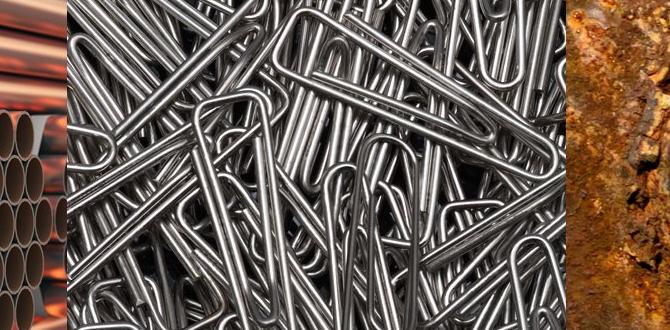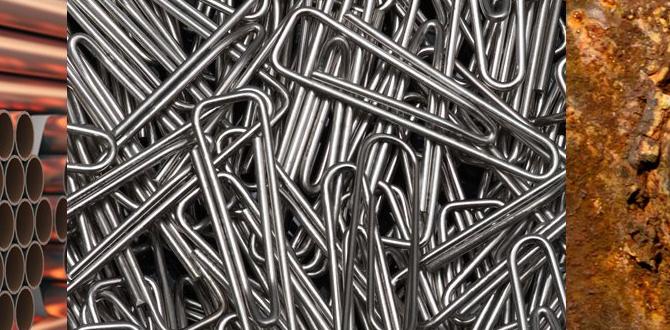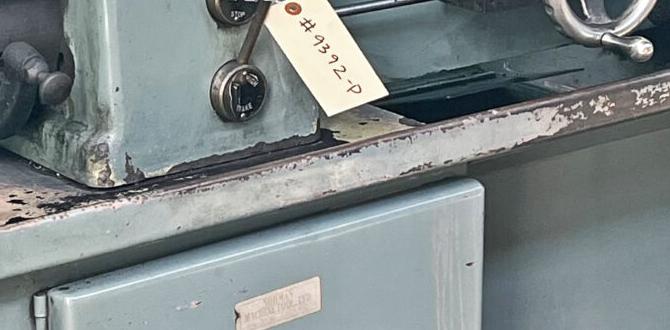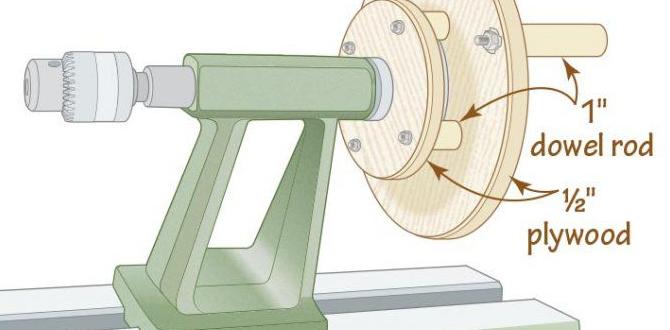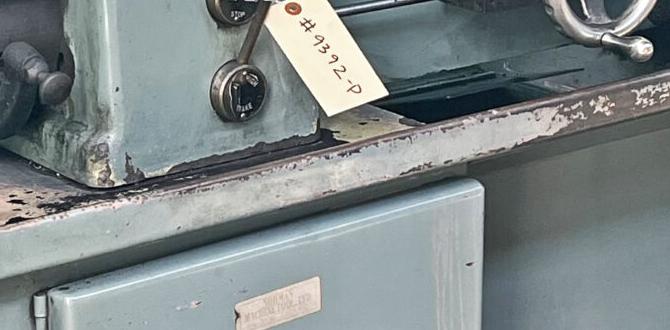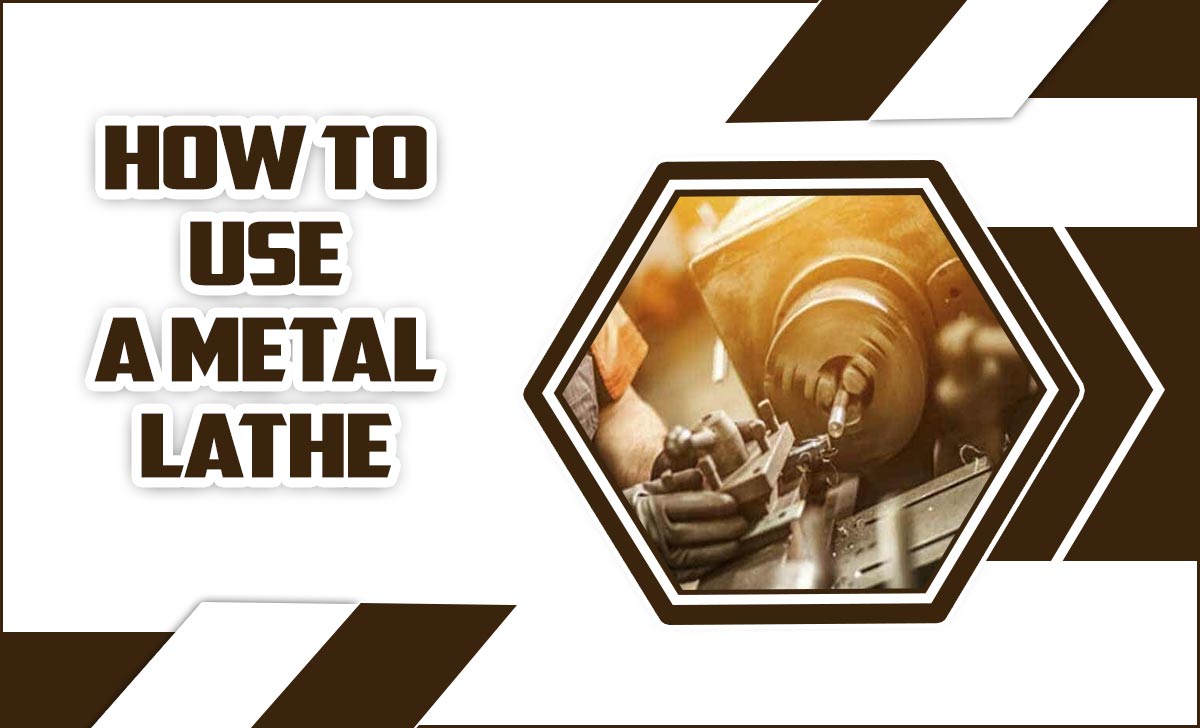A lathe is a versatile and essential tool in any metalworking or machining workshop. It is used to cut, shape, and drill various materials such as metal, wood, and plastics with precision and accuracy.
One of the key components of a lathe is the boring bar, which is used to enlarge or smooth out existing holes in a workpiece. While it may seem simple, using a boring bar on a lathe requires skill and knowledge to ensure optimal results. Here, we will look at the different types of boring bars, their functions, and the proper techniques for using them on a lathe.
Whether you are a beginner or an experienced machinist, it will provide valuable insights and tips on effectively using a boring bar on a lathe to enhance your machining capabilities. So, let’s dive in and discover the world of boring bars and how they can improve your lathe operations.

What Is Boring Bar On A Lathe
To understand the concept of a boring bar on a lathe, let’s first explore what it is. A boring bar is a cutting tool to enlarge, shape, or finish an existing hole. It is commonly used in metalworking, woodworking, and machine shop applications.
The boring bar, also known as a cutter, is mounted on a tool holder, and its main purpose is to remove material from the workpiece, creating a precise and concentric bore. Its unique design and cutting edge allow machinists to produce accurate and high-quality bores on a metal lathe or other types of lathes.
Safety Precautions And Equipment
Before we delve into the steps of using a boring bar on a lathe, it’s crucial to prioritize safety. Here are some important safety precautions to keep in mind and the necessary equipment you’ll need:
- Wear safety gear, including safety glasses, gloves, and a face shield, to protect yourself from flying chips and debris.
- Ensure the carbide boring bar is securely mounted in the lathe’s tool holder. A loose or improperly fastened boring bar can lead to accidents and damage to the workpiece.
- Ensure the lathe is turned off and unplugged before you start any setup or adjustments.
- Use cutting fluid or coolant to keep the boring bar cool during operation and to improve cutting performance.
- Always turn off the lathe and wait for it to stop completely before making any adjustments, changing the boring bar, or performing maintenance on the machine.
5 Steps To Use A Boring Bar On A Lathe
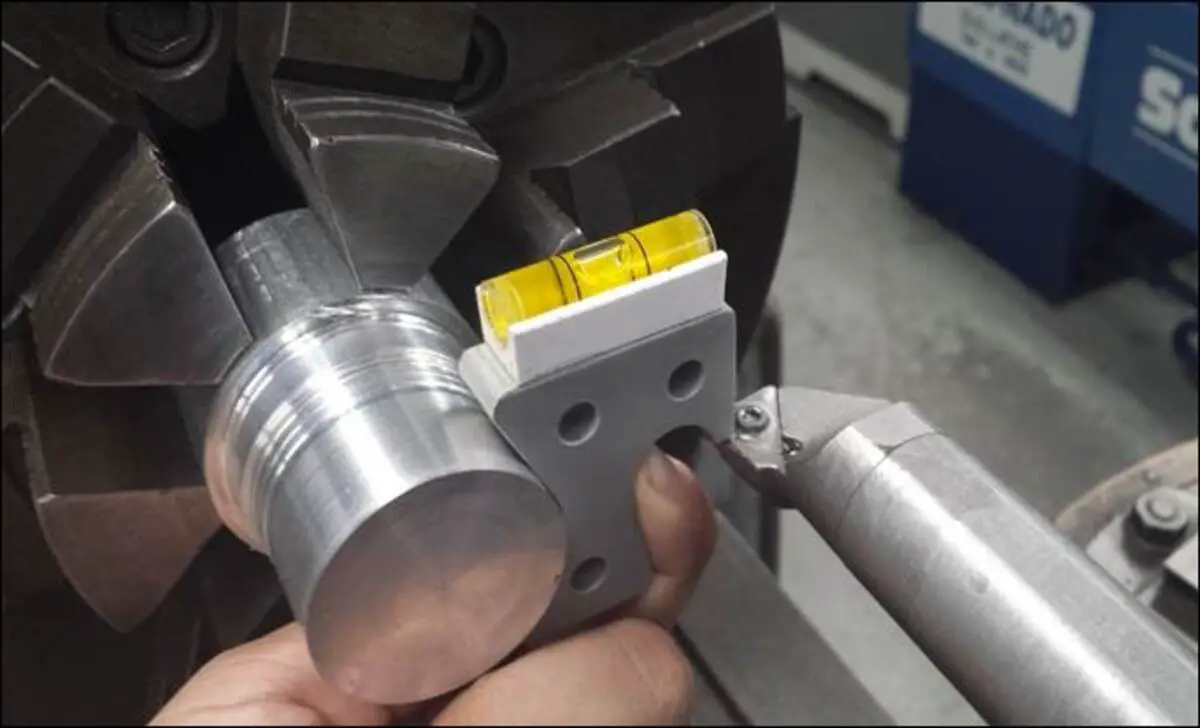
Using a boring bar on a lathe can be valuable for achieving precise and accurate machining results. Whether you are a seasoned professional or a hobbyist, understanding the proper steps to use a boring bar on a lathe is essential. Here are five steps to help you effectively use a boring bar on a lathe:
Step 1:Selecting The Right Boring Bar
When using a boring bar on a lathe, selecting the right one for your specific needs is important. There are several factors to consider when choosing a boring bar, including the size and type of the hole you need to bore, the material you are working with, and the depth and diameter of the cut.
Boring bars come in various shapes and sizes, including solid carbide bars, indexable insert bars, and brazed tip bars. Solid carbide bars are known for their durability and can be used for high-speed machining. Indexable insert bars allow for easy tool changes and offer cutting speed and feed rate versatility. Brazed tip bars are cost-effective options that provide good performance for general-purpose boring.
Step 2:Setting Up The Lathe For Boring
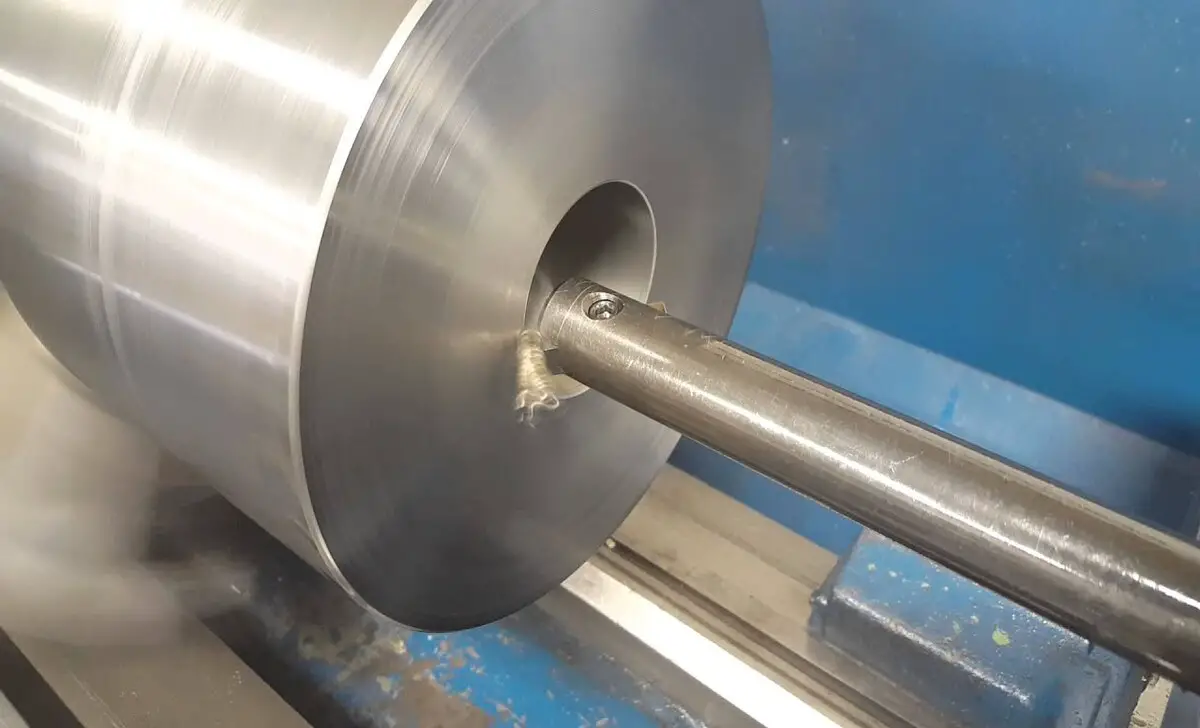
Setting up the lathe for boring is crucial in successfully using a boring bar. Here are some key steps to follow:
- Secure The Workpiece: Before you begin, ensure the workpiece is securely fastened to the lathe’s chuck or faceplate. This will prevent any movement or vibrations during the boring process.
- Choose The Right Cutting Tool: Select a boring bar appropriate for your project. Consider factors such as the hole diameter you need to bore and the material you are working with.
- Set The Speed And Feed Rate: Adjust the lathe’s speed and feed rate settings based on the type of material you are working with and the size of the hole you need to bore. Consult your lathe’s manual or seek guidance from an experienced machinist.
- Position The Boring Bar: Align the boring bar with the centerline of the workpiece and position it at a slight angle, typically around 2-5 degrees off-center. This will help facilitate chip removal and prevent chatter.
- Make Initial Cuts: Slowly advance the boring bar into the workpiece, making light cuts to remove material gradually. Take care not to remove too much material at once, as this can lead to chatter or damage to the workpiece and cutting tool.
- Measure Progress: Periodically stop and measure the depth and diameter of the hole you are boring using calipers or other measuring tools. This will ensure that you achieve precise dimensions according to your requirements.
Step 3:Mounting And Securing The Workpiece
When using a boring bar on a lathe, it is crucial to mount and secure the workpiece properly. This ensures stability and accuracy during the machining process. To mount the workpiece, start by cleaning the lathe chuck jaws and workpiece mounting surface to remove any dirt or debris. Align the workpiece with the lathe centerline and place it securely in the chuck jaws.
Tighten the chuck jaws evenly using a wrench or chuck key, ensuring the workpiece is centered and firmly held in place. Use additional clamps or fixtures to secure the workpiece further, especially if it is large or heavy. Always double-check the tightness of the chuck jaws before starting any machining operations to prevent any accidents or damage to the lathe or workpiece.
Step 4:Positioning And Aligning The Boring Bar

Positioning and aligning the boring bar correctly is crucial when using it on a lathe. To ensure optimal performance and accurate results, follow these 7 steps:
- Install the boring bar into the lathe tool holder securely, ensuring it is aligned with the lathe spindle axis.
- Position the workpiece in the lathe’s chuck or collet, firmly holding it.
- Adjust the height of the tool rest to match the centerline of the workpiece. This will help maintain stability during the boring process.
- Slowly bring the boring bar close to the workpiece, taking care not to make contact yet.
- Align the cutting edge of the boring bar with your desired starting point on the workpiece.
- Use manual controls or a digital readout to move the carriage along the lathe bed, bringing the boring bar into contact with the workpiece.
- Begin rotating and feeding the boring bar into the workpiece at a controlled rate, ensuring smooth and consistent movement.
Step 5:Performing The Boring Operation
Positioning the carbide boring bar correctly ensures it is perpendicular to the workpiece to prevent deflection. Adjust the cutting depth based on the required diameter and depth of the bore, optimizing tool life. Gradually feed the carbide bar into the workpiece consistently, minimizing cutter wear.
Apply coolant or lubricant to reduce heat and enhance the carbide bar’s cutting performance. Maintain a steady cutting speed, avoiding abrupt changes while monitoring the bore diameter and depth. Make adjustments as needed using measuring tools for a precise boring operation.
Troubleshooting Common Issues
A boring bar on a lathe can be a valuable tool for achieving precise and accurate cuts. However, like any tool, it is not without its challenges. Here are some common issues that you may encounter when using a boring bar on a lathe and how to troubleshoot them:
- Chatter: Chatter refers to the vibration or bouncing of the tool during cutting, which can result in poor surface finishes and inaccurate dimensions. To reduce chatter, try decreasing the lathe’s speed or increasing the setup’s rigidity by using a shorter bar or adding additional support.
- Poor Surface Finish: If you are experiencing a rough or uneven surface finish, it could be due to incorrect cutting speeds or feeds. Adjusting these parameters can help improve the surface finish. Additionally, make sure that your cutting edges are sharp and properly aligned.
- Oversized Hole: If you consistently get holes larger than desired, it could be due to excessive tool wear or incorrect geometry. Check your tool for signs of wear and replace if necessary. It may also be helpful to consult the manufacturer’s recommendations for proper tool geometry.
- Tool Breakage: Tool breakage can occur if you use excessive cutting forces or inadequate support for the tool. Ensure your setup is rigid and stable, and consider reducing your feed rate if necessary.
Tips And Tricks For Successful Boring

Using a boring bar on a lathe can be useful for creating precise and accurate bores in your workpiece. Here are some tips and tricks to help you achieve successful results when using a boring bar:
- Choose The Right Tool: Select a boring bar with the appropriate diameter and length for your specific application. Consider the material you are working with and the desired bore size.
- Secure The Workpiece: Make sure your workpiece is securely clamped or mounted to prevent any movement during the boring process. This will help maintain accuracy and prevent damage to the workpiece.
- Set The Cutting Depth: Determine the desired depth of your bore and set the cutting depth accordingly on your lathe. Use precise measurements and take into account any allowances for finishing operations.
- Start With A Center Hole: Before using the boring bar, creating a center hole in your workpiece can be helpful. This will provide a starting point for the boring operation and help guide the bar more accurately.
- Use Proper Cutting Techniques: Use appropriate techniques when using the boring bar. Maintain a consistent feed rate, avoid excessive speeds, and use coolant or lubrication to improve chip evacuation and reduce heat buildup.
- Monitor Dimensions: Regularly check the dimensions of your bore as you progress to ensure that you are achieving the desired size and accuracy. Make any necessary adjustments to your cutting parameters if needed.
Conclusion
Using a boring bar on a lathe requires careful attention to safety precautions and proper equipment. You can successfully use a boring bar on a lathe by following the five steps outlined. Remember to select the right boring bar, set up the lathe correctly, mount and secure the workpiece, position and align the boring bar accurately, and perform the boring operation precisely.
Troubleshoot common issues as needed and utilize the tips and tricks provided for successful boring. With practice and patience, you can master using a boring bar on a lathe and achieve the desired results in your machining projects.
Frequently Asked Questions
1.How Do You Position A Boring Bar For A Lathe?
Ans: To position a boring bar for a lathe, ensure it is perpendicular to the workpiece and adjust its height to match the centerline of the lathe bed and workpiece. Align it properly by performing a test cut before making the final cut. Always wear safety gear like glasses and gloves.
2.What Is A Boring Bar Used For In A Lathe?
Ans: A boring bar on a lathe enlarges or refines existing holes in workpieces. It’s commonly used for creating precise cylindrical holes in metal parts. Boring bars come in various sizes and shapes to suit different applications, and it’s important to choose the right cutting speed, feed rate, and depth of cut for optimal results.
3.Should The Boring Bar Be Above Or Below The Center?
Ans: The optimal position for a boring bar on a lathe is at the centerline of the workpiece. However, depending on the application, it may be necessary to position it slightly above or below the center. Experimenting and adjusting the position can help reduce chatter or improve surface finish for better results.
4.Can You Do Boring On A Lathe?
Ans: Yes, boring can be done on a lathe using a boring bar. This process involves enlarging an existing hole in a workpiece. Boring bars are available in various sizes and shapes to suit job requirements. Proper setup, tool selection, and cutting speed are essential to ensure successful boring.
5.What Is The Difference Between Drilling And Boring?
Ans: Drilling and boring are two distinct processes. Drilling creates round holes using a drill bit, while boring enlarges existing holes with precise diameters and smooth surfaces using a boring bar on a lathe. Boring requires multiple cutting edges for precision and efficiency, unlike drilling, which only needs one cutting edge.

